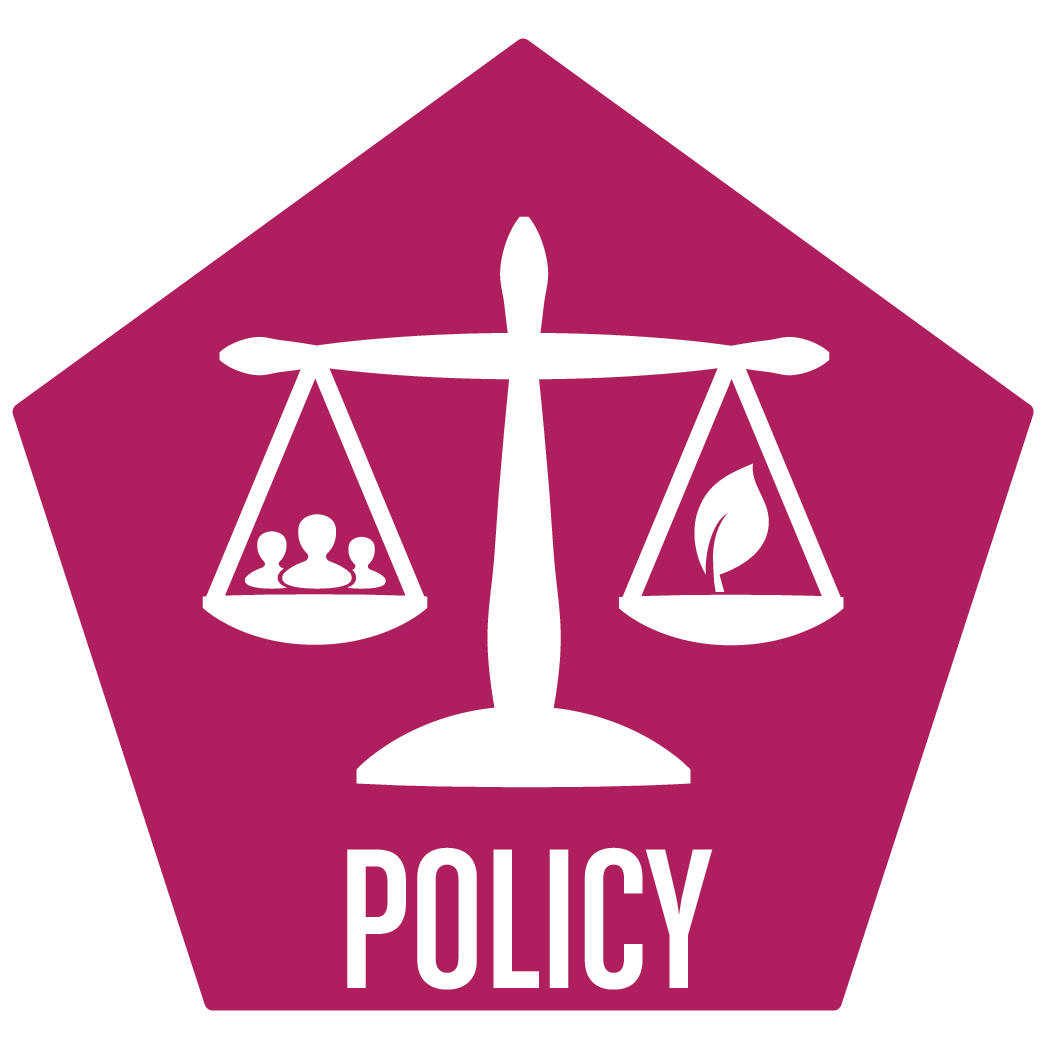1.3 Invest in infrastructure to minimize wastewater spills, emergency releases, and overflows
Key Message: Spills, emergency releases, and overflows of treated and untreated wastewater cause significant harm to environmental and human health and the economy. A proactive and comprehensive approach to preventing spills, releases, and overflows should include inspection, maintenance, replacement, and upgrades of failing sanitary sewer infrastructure.
Importance
Wastewater spills, emergency releases, and overflows are episodic sources of pollution that pose threats to environmental quality, economic activity, and public health. Untreated wastewater contains harmful bacteria and viruses that can directly endanger human health, prompting rapid cleanup and disinfection. However, nutrient pollution from both treated and untreated wastewater has received comparatively less attention. Nutrients entering waterways can degrade water quality and fuel harmful algal blooms, impacting fish and wildlife, public health, and recreational and economic activities. Contributing factors include aging infrastructure, clogs, insufficient disposal capacity, population growth, and climate-related stressors—all of which strain centralized wastewater systems.
Overview
Sarasota County’s central wastewater collection system uses gravity and vacuum pipelines to transport sewage to lift stations, which then pump it via pressurized force mains to wastewater treatment facilities (WWTFs). Depending on treatment level, wastewater may be discharged into surface waters, injected into aquifers, applied to infiltration basins, or reused for irrigation (see Chapter 1.1).
Collection, treatment, and disposal infrastructure can fail due to:
- Aging infrastructure nearing or past its functional lifespan.
- Increasing difficulty disposing of treated wastewater, especially during the wet season, despite sufficient treatment capacity.
- Infiltration of stormwater or groundwater through cracked or broken pipes, particularly during heavy rains. Inflow may also occur through unauthorized connections.
- Power outages at lift stations, especially those built before 2003 without backup generators (BGATF 2019).
- Blockages caused by tree roots, fats, oils, grease (FOG), wipes, and other non-flushable items.
Climate-related stressors—including sea level rise, more frequent and intense rainfall, and storm surge—compound existing infrastructure vulnerabilities (SBEP and Shafer 2017; City of Sarasota 2017; BGATF 2019; Taylor Engineering 2024). Rising seas elevate groundwater, which increases infiltration and corrosion, potentially degrading treatment effectiveness.
During heavy rainstorms, sewer systems with cracked pipes can flood with groundwater causing manholes to overflow. Source: Iain Cuthbertson
From 2009 to 2018, approximately 23,000 wastewater spills were reported in Florida. In that period, Sarasota County experienced 5.77 million gallons of untreated and 1.72 million gallons of partially treated sewage spills—more than 11 Olympic-sized pools in volume (Salman et al. 2019). Additionally, 57.5 million gallons of reclaimed water (treated for pathogens but not nutrients) were spilled locally. Causes ranged from line breaks to heavy rainfall (Table 1.3.1).
Figure 1.3.1. Number of incidents, causes, and volumes of wastewater spills, overflows, and releases in Florida from 2009–2019. “Other” includes repairs, accidents, contractor negligence, and causes unknown. Source: FDEP cited in Salman et al. 2019
Sarasota County Government’s wastewater system includes 700 lift stations, 760 miles of gravity sewer lines, and 17,800 manholes. FDEP requires reporting of all unauthorized releases to surface or groundwater and all spills over 1,000 gallons within 24 hours (Chapter 62-620, F.A.C.). These reports have been publicly available online since July 2017 (see Chapter 1.4). From then through March 2025, Sarasota County reported 460 wastewater incidents, with 408 linked to major WWTF service areas (Table 1.3.2). Annual incidents declined from 104 in 2018 to 28 in 2023. In 2024, 61 spills were reported, likely due to record rainfall during a very active hurricane season.
Figure 1.3.2. Reported wastewater spills, overflows, and releases associated with major wastewater treatment facilities in Sarasota County from July 2017 to March 2025. Source: FDEP
The County’s Water Pollution Control Code allows fines of up to $10,000 for unauthorized discharges to surface water, groundwater, the ground surface, or stormwater. Public Utilities staff respond immediately to clean up spills, conduct assessments, and monitor conditions. Fines levied on private facilities and contractors are deposited into the Pollution Recovery Trust Fund, which is used for cleanup, monitoring, and environmental restoration. Recent projects include spoil island restoration. Up to 10% of funds may be used for administration and enforcement.
In 2020, Sarasota County developed a Capacity, Management, Operation, and Maintenance (CMOM) program to improve system performance and reduce overflows. The CMOM program (2021–2025) shifts operations from reactive to proactive maintenance—improving efficiency, reducing risk and emergency costs, and strengthening internal and external communication. Sarasota County maintains an online portal for project updates tied to Consent Order OGC No. 19-0255 and related CMOM initiatives (see Chapter 1.1).
The Clean Waterways Act (2020) established a 50% matching grant program through FDEP to support construction, upgrades, or expansion of WWTFs with advanced wastewater treatment. It also prioritizes wastewater projects in the State Revolving Fund that prevent leaks, overflows, inflow, and infiltration. The Environmental Accountability Act (2020) increased penalties by 50% for environmental law violations causing harm to air, land, or water.
Sarasota County Government Utilities continues to inspect, maintain, and replace failing wastewater infrastructure based on priority.
Approach
An integrated suite of planning and policy initiatives; improvements to infrastructure management, maintenance, and operation; investment in upgraded infrastructure, and education and outreach is recommended:
- Conduct proactive inspection, maintenance, replacement, and upgrades of sanitary sewer infrastructure, especially in the City of Sarasota where spills are most frequent. Prioritize emergency backup systems at critical lift stations, continue AWT upgrades and disposal capacity expansion (see Chapter 1.1), and repair defective pipes.
- Pursue legislative support and funding to assist with these infrastructure improvements (see Chapter 9.3).
- Support implementation of Sarasota County’s Wastewater Master Plan and CMOM program.
- Increase public education and outreach on the need for proactive maintenance and upgrades to build support for long-term infrastructure investment (see Chapter 1.5).
- Prioritize infrastructure improvements that enhance resilience near waterbodies, where failures pose heightened environmental risk.
Resources
FDEP Public Notice of Pollution database
Sarasota County wastewater system project updates, including CMOM program projects
Status
- Capacity, Management, Operation, and Maintenance (CMOM) program implementation in progress
- Upgrade of Bee Ridge WWTF to AWT in progress
- Inspection, maintenance, replacement, and upgrades of sanitary sewer infrastructure in progress
Performance Measure
Reduced number and volume of spills, releases, and overflows as documented by FDEP incident reports
Experts or Leads
Sarasota County Government and Municipalities utilities staff
Cost Estimate
$1,000,000+
Related Activities
Chapter 1.1, Chapter 1.4, Chapter 1.5, Chapter 9.3
Other Wastewater Activities
1.1 Prioritize upgrades of Sarasota County Government’s wastewater treatment plants to advanced wastewater treatment
[dipi_masonry_gallery images="428,545,445" columns="3" disabled_on="off|off|on" _builder_version="4.16" max_width="100%" max_width_tablet="50%" max_width_phone="65%" max_width_last_edited="on|desktop" module_alignment_tablet="center" module_alignment_phone="center"...
1.2 Understand and manage nutrient loads to areas irrigated with non-advanced wastewater
[dipi_masonry_gallery images="428,545,445" columns="3" disabled_on="off|off|on" _builder_version="4.16" max_width="100%" max_width_tablet="50%" max_width_phone="65%" max_width_last_edited="on|desktop" module_alignment_tablet="center" module_alignment_phone="center"...
1.4 Improve FDEP public reporting of wastewater discharges
[dipi_masonry_gallery images="428,544,445" columns="3" disabled_on="off|off|on" _builder_version="4.16" max_width="100%" max_width_tablet="50%" max_width_phone="65%" max_width_last_edited="on|desktop" module_alignment_tablet="center" module_alignment_phone="center"...
1.5 Deliver targeted education and incentives to the public to reduce sewage spills and overflows
[dipi_masonry_gallery images="428,896,445" columns="3" disabled_on="off|off|on" _builder_version="4.16" max_width="100%" max_width_tablet="50%" max_width_phone="65%" max_width_last_edited="on|desktop" module_alignment_tablet="center" module_alignment_phone="center"...




